When it comes to energy efficiency in the home, we often think about insulation, heating systems and lighting.
However, one area that is frequently overlooked is the doors. In fact, according to the UK government's Energy Saving Trust, external doors can account for up to 20% of the heat lost from a home.
This means that improving the energy efficiency of your front door can have a significant impact on your energy consumption.
The primary measurement for heat loss in building products/materials is defined as the U value.
But what exactly is a U value and which one do you need? Read on to find out.
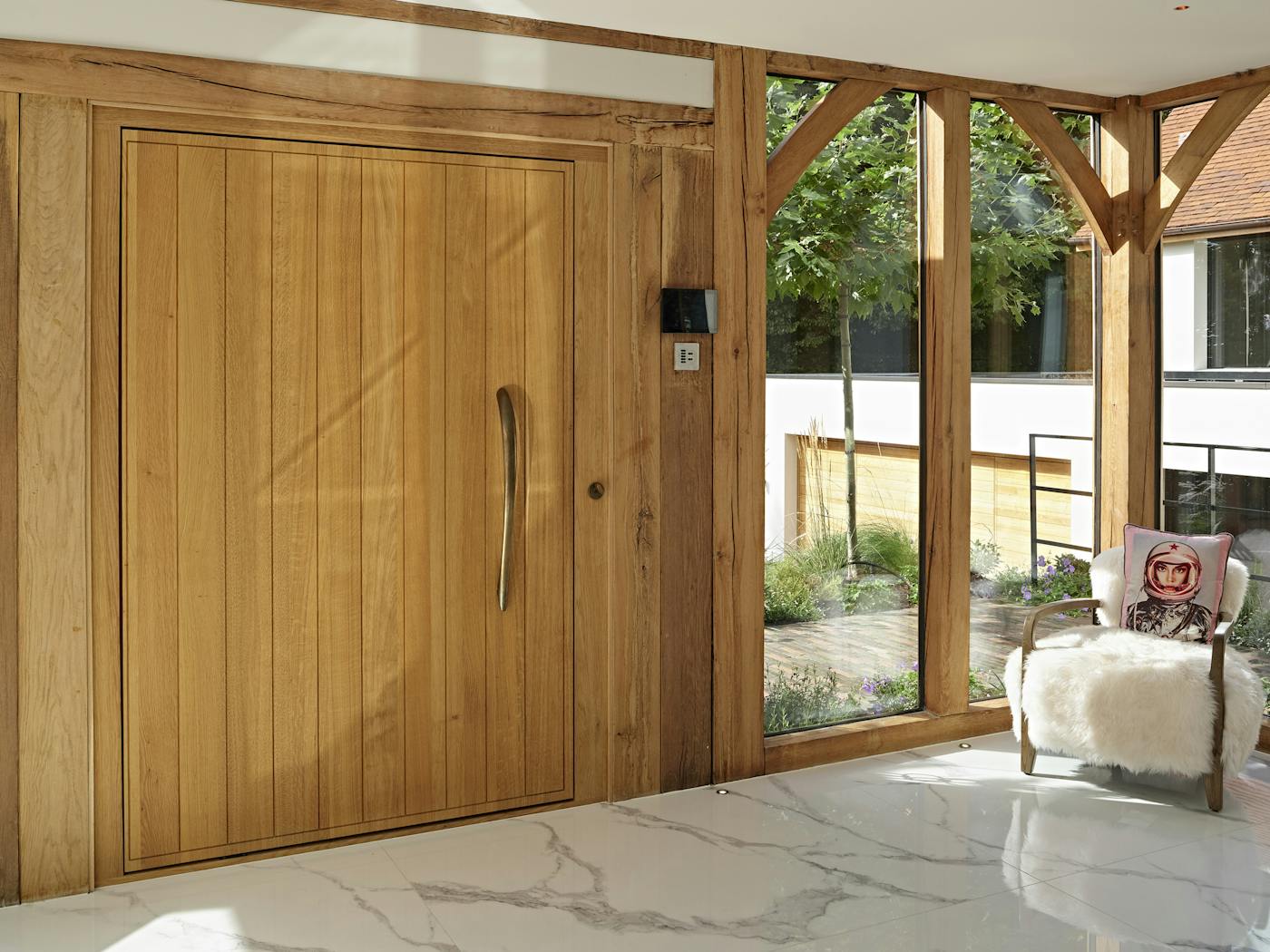
U values measure the rate at which heat is transferred through a material, such as the material used in your front door.
The lower the U value, the better the material is at preventing heat loss.
They’re calculated based on the thermal conductivity of the material, which is the amount of heat that can pass through it in a given time.
The U value of a front door can be affected by several factors, including:
Doors made from materials with higher thermal conductivity, including some metals or single-pane glass, tend to have higher U values than those made from materials with low thermal conductivity, such as wood or double-glazed glass.
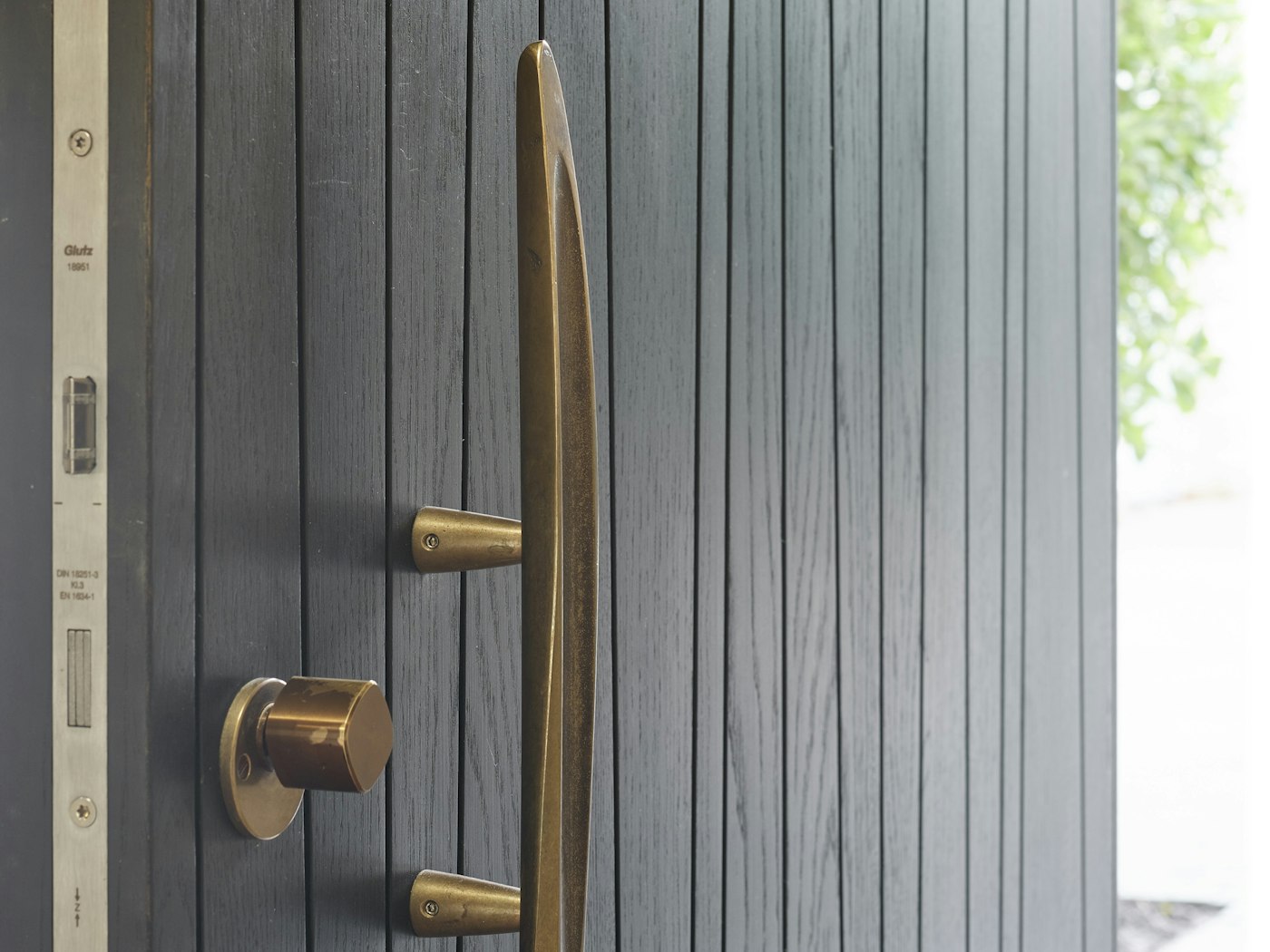
The thickness of the door also plays a role. Thicker doors tend to have lower U values as they generally offer more insulation than thinner doors and/or have specially designed cores to maximise insulation.
For example, Urban Front’s hardwood doors are both constructed with a double steel reinforced core + insulation and ventilation system and come in thicknesses between 80-98mm, well above market average.
The type of glazing used in the door can also affect U values.
The rarely-used-today, single-pane glass has a significantly higher U value than double or triple-glazed as it allows more heat to pass through. Similarly, the type of coating or gas used in the glazing can impact achieved values, with low-emissivity coatings and argon gas between panes typically resulting in better performance.
As discussed earlier, external doors can be one of the primary points of heat loss in a home.
But in addition to impacting energy bills, U values can also impact your home’s ambience. A door with a high U value may feel cold to the touch, especially in winter months.
And this can make a room feel less comfortable, even if the temperature is technically warm enough.
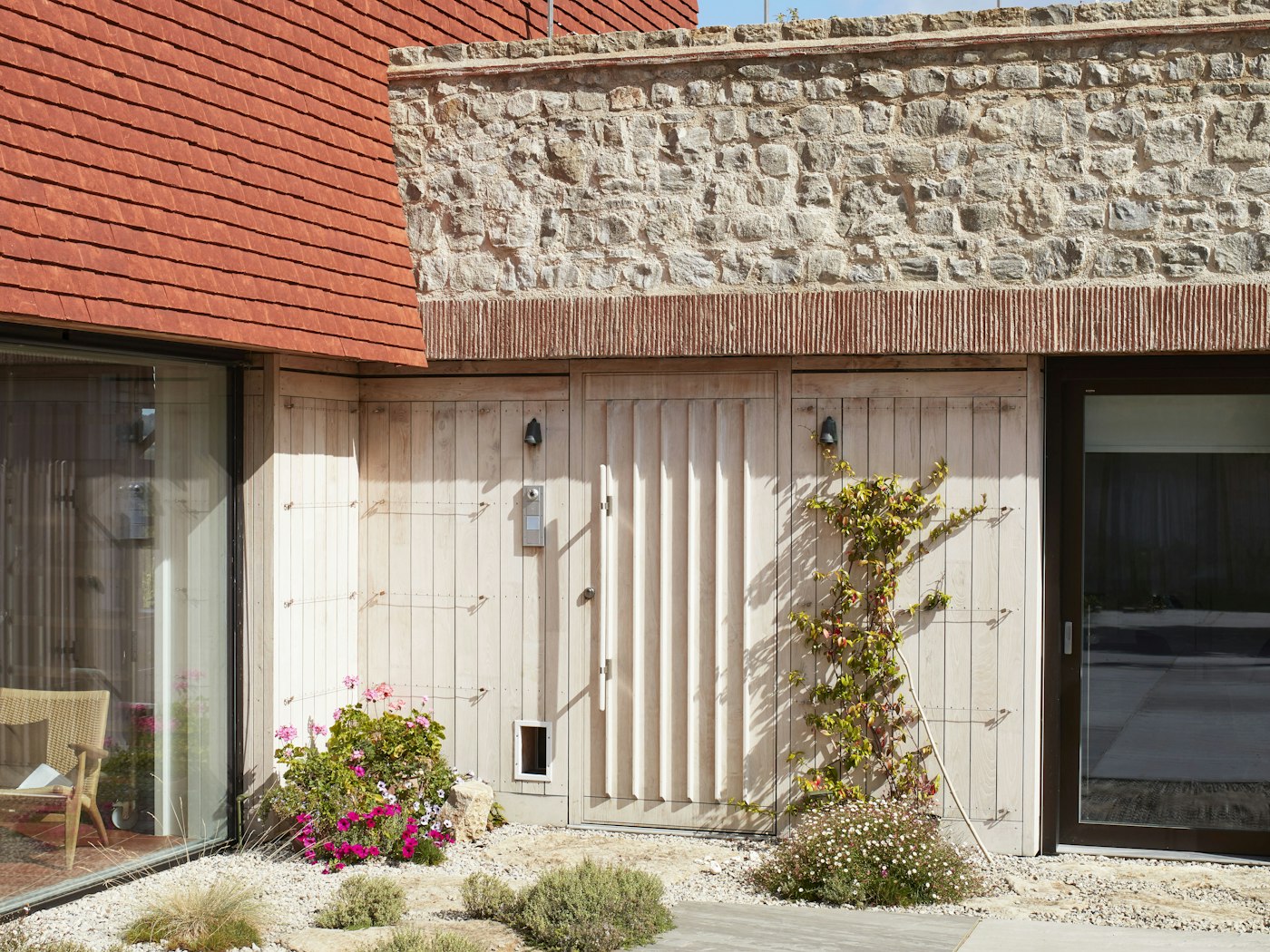
In the UK, building regulations set minimum requirements for the U value of external doors. According to the Building Regulations Part L, the maximum U value for an external door in a new build or a significant renovation is 1.8 W/m²K.
This means that any external door installed in a new build or significant renovation must have a U value of 1.8 W/m²K or lower.
However, this is only the minimum requirement and, depending on the location of your door and the climate zone in which you live, you may want to opt for a lower value for improved energy efficiency.
To calculate the recommended U value for your front door, you'll need to take into account several factors, including the location of the door (north-facing doors tend to experience more heat loss), the climate of the area you live in (the colder the place you live the more important the heat-saving factor) and the specific features of the door itself (such as the type of glazing used).
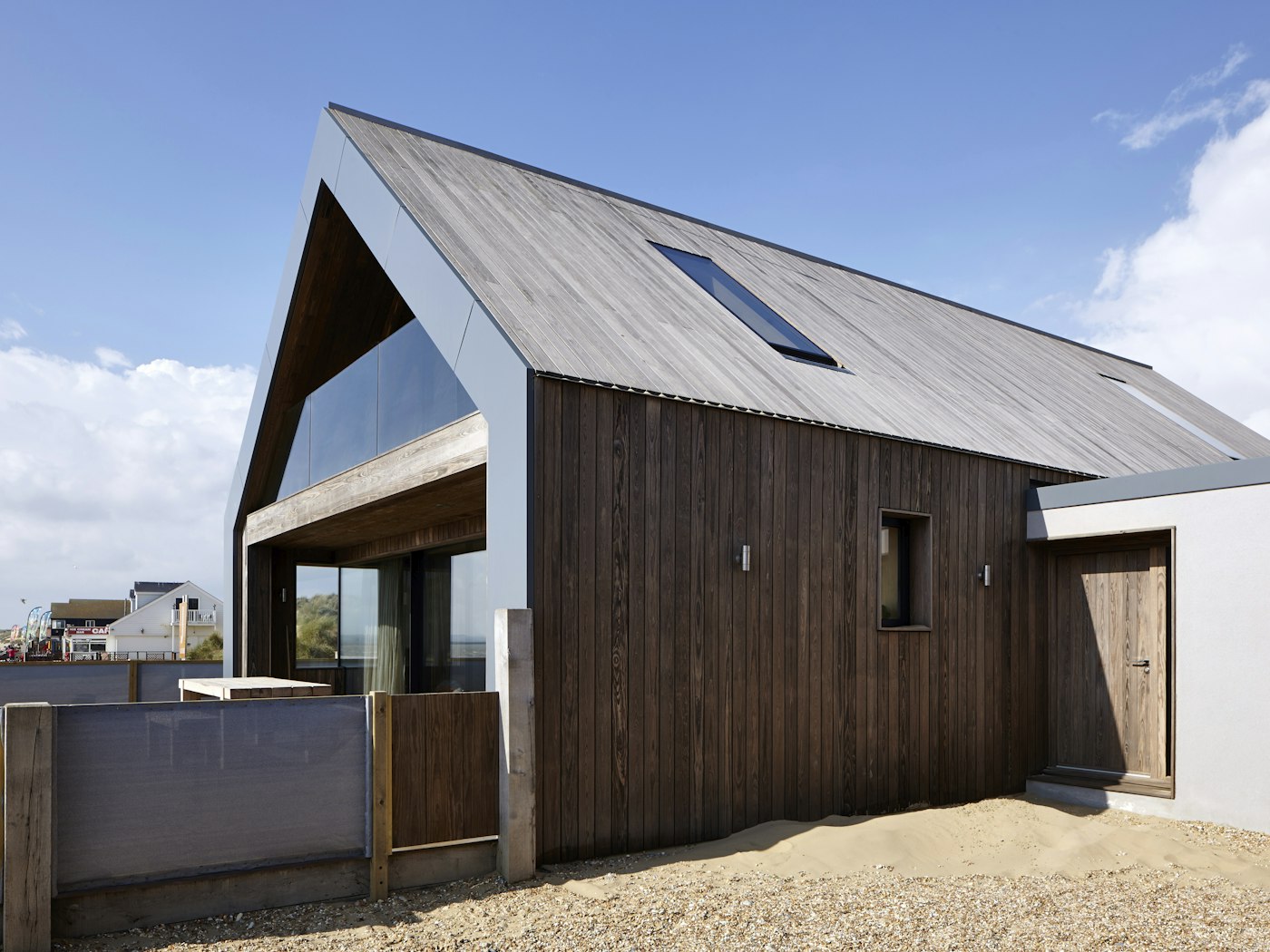
As a general guide, here are some recommended U values for different types of doors and locations within the home:
Front door (north-facing): 0.8-1.0 W/m²K
Front door (south-facing): 1.2-1.6 W/m²K
Back door (north-facing): 1.0-1.2 W/m²K
Back door (south-facing): 1.6-1.8 W/m²K
Internal door: 1.8 W/m²K or lower
These are just general guidelines and the specific U value needed for your front door may vary depending on your individual circumstances.
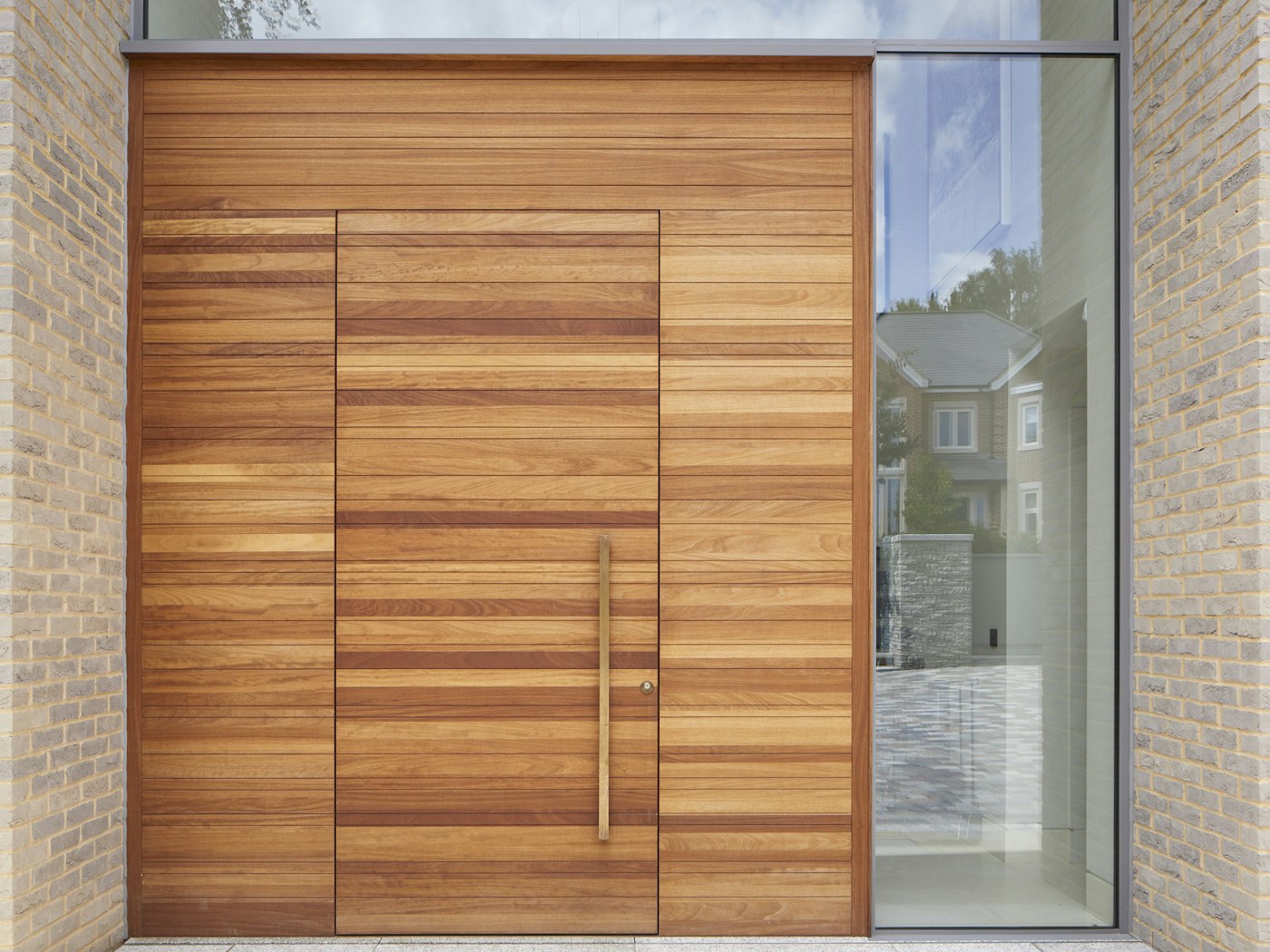
While the front door is a key area to focus on for energy efficiency, windows are also an important consideration. Like doors, windows can contribute to heat loss and increased energy bills if they're not energy-efficient and these are measured in a similar way.
The calculation takes into account factors such as the thickness of the glass, the type of frame and the type of glazing. As with doors, a lower U value indicates a more efficient, heat-saving window performance.
Here are some guideline U values for double and triple glazed windows:
Double-glazed windows: 1.2-2.8 W/m²K
Triple-glazed windows: 0.8-1.2 W/m²K
The recommended U values for windows are often lower than those for doors, which reflects the fact that windows are typically taking up a greater overall surface area from which heat can be lost. However, it's important to remember that the specific U value needed for your windows will depend on several factors including where you live, the orientation of the windows and the type of glazing used.
Are single glazed windows still used?
While single glazed windows may still be found in some older properties, they are generally not recommended for new installations. If you have single glazed windows in your home and are looking to improve energy efficiency and reduce your energy bills, it's highly recommended to consider upgrading to double or triple glazed windows.
Understanding the U value of your doors and windows is essential for creating an energy-efficient and sustainable living environment.
By choosing a front door with a low U value, you can help to reduce your energy bills, improve the comfort of your home and contribute to a more sustainable future.
At Urban Front, we‘ve spent many years perfecting our specifications. Thanks to our extra thick doors (between 80-98mm), unique construction and special internal insulation system, we can achieve one of the lowest U values available for a wooden front door, usually around 1.1-1.2 W/m²K and as low as 0.8 W/m²K for our Passive certified wooden door. We also have an exceptional 0.7 W/m²K value for our steel doors.
Get in touch with us today to learn more about what an Urban Front door can do for your new build or home renovation.